1. The Flapper Style
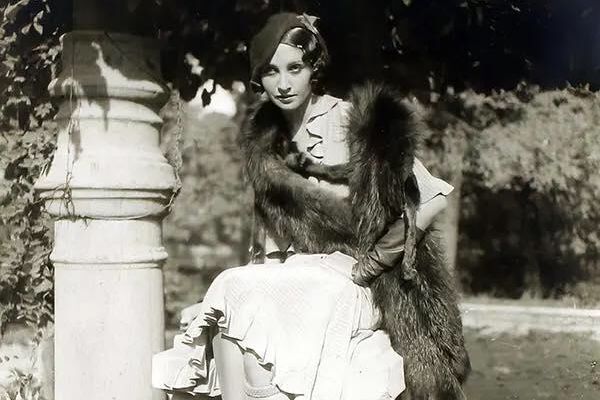
Let’s start from the beginning, the dramatic shift in women’s fashion during the 1920s, personified by the “Flapper,” was a major source of parental alarm. Young women rejected the restrictive corsets and long skirts of the Victorian era for shorter, often knee-length, hemlines, dropped waistlines, and a more boyish, un-corseted silhouette. Adding to the outrage were accessories like short, bobbed hair, visible makeup, and the public smoking and drinking that often accompanied the flapper lifestyle. Conservative parents viewed the entire look as a dangerous sign of immorality and rebellion, symbolizing a rejection of traditional female roles and modesty.
2. Jazz Music
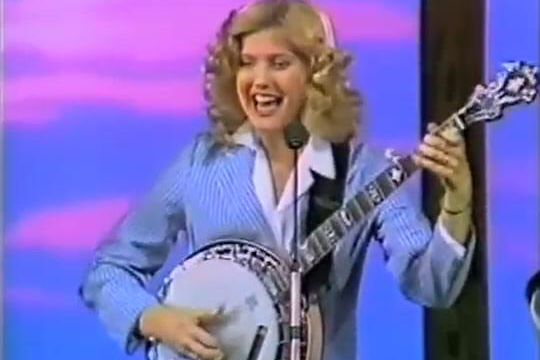
Emerging from African American communities in the late 19th and early 20th centuries, Jazz quickly became the soundtrack of the “Roaring Twenties,” much to the dismay of many older Americans. Its syncopated rhythms, improvisation, and association with dance crazes like the Charleston were seen as wild, primitive, and corrupting. Critics, including newspaper editors and moral reformers, frequently denounced the music for its supposed role in encouraging promiscuity, recklessness, and a general decline in moral standards, leading to outright bans in some public dance halls and communities.
3. The Charleston Dance
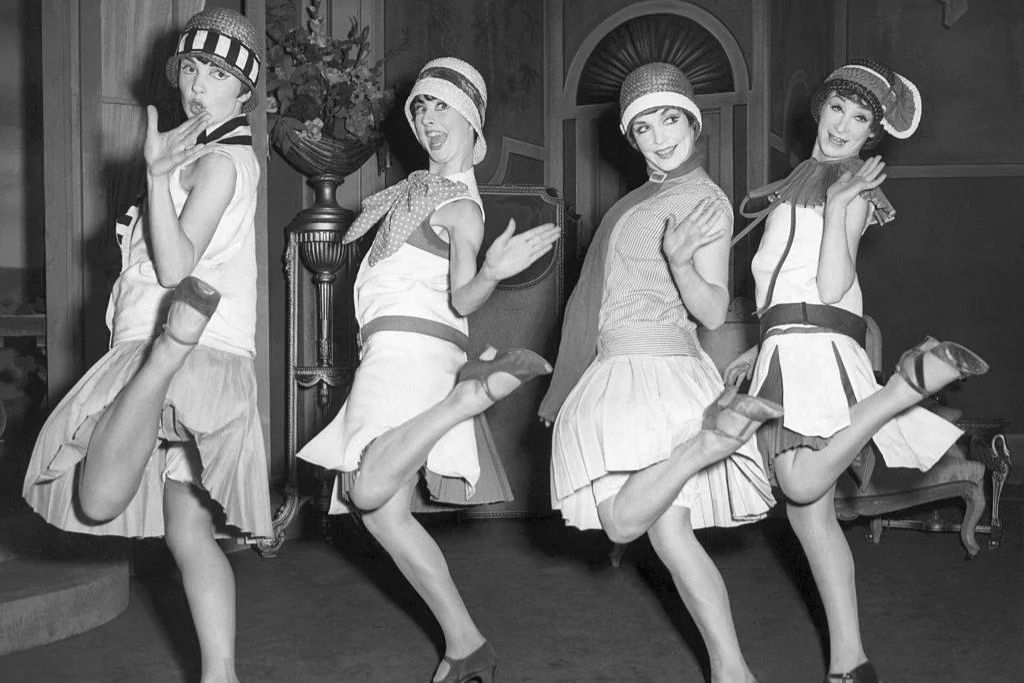
As the signature dance of the Jazz Age, the Charleston quickly drew parental condemnation for its energetic, unrestrained, and physically suggestive movements. Unlike the formal ballroom dances of previous generations, the Charleston featured fast-paced kicks, twists, and arm swinging that were often performed solo or with minimal physical contact between partners. This lack of formality and the sheer exuberance of the dance was perceived by many conservative adults as inappropriate, manic, and a symptom of the era’s general moral decay, especially when performed by their daughters.
4. Open-Air Baby Cages
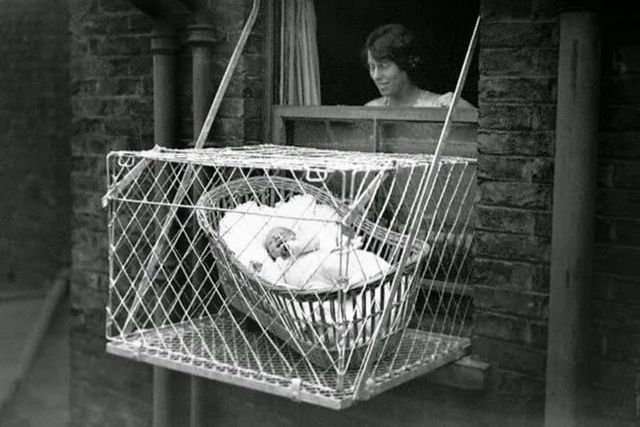
In the 1930s, particularly in crowded urban areas like London, a bizarre parenting fad involved placing babies in wire mesh cages suspended outside apartment windows. The idea was to ensure the infant got “fresh air” and sunlight, aligning with contemporary advice from some health experts like Dr. Luther Emmett Holt, who promoted fresh air for child wellness. However, images of babies dangling high above the street in makeshift cages understandably horrified many parents and the public, leading to media outcry and a widespread belief that the practice bordered on neglect and was excessively dangerous.
5. Zoot Suits
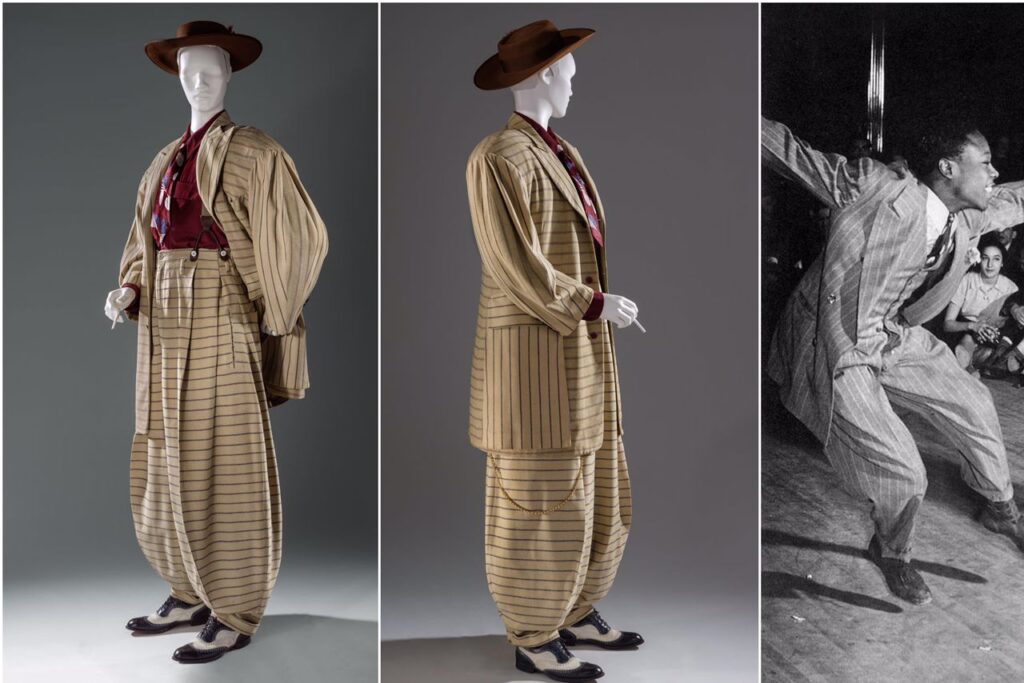
The Zoot Suit, popular among some young men in the 1940s, especially in the African American, Mexican American, and Filipino American communities, was a polarizing fashion statement. It was characterized by an extravagantly long, wide-shouldered jacket, high-waisted, pegged-bottom trousers, and often a wide-brimmed hat. During World War II, the excessive use of fabric for these suits was seen as unpatriotic and wasteful, directly defying wartime rationing efforts that promoted fabric conservation. This led to tensions that violently erupted in the 1943 Zoot Suit Riots in Los Angeles, where the style became a target of moral and social outrage.
6. Rock and Roll
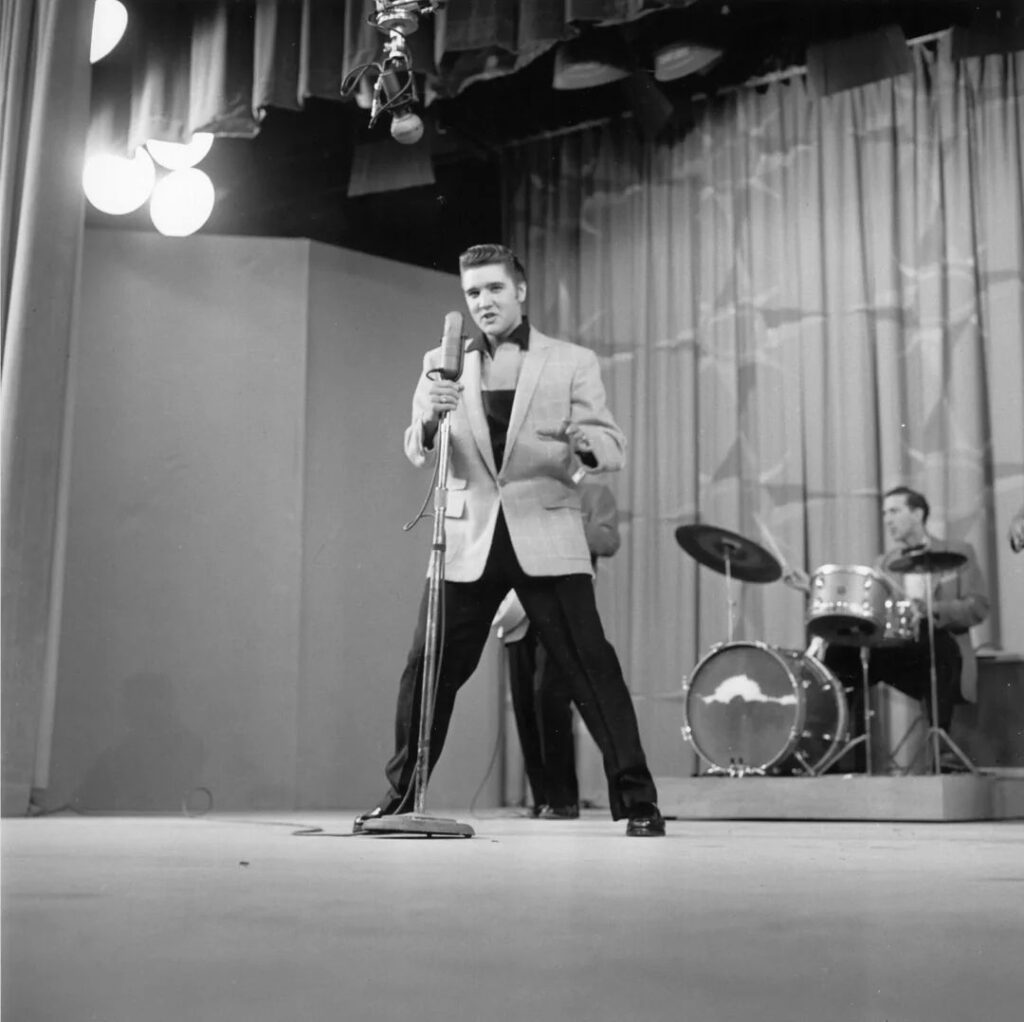
When Rock and Roll exploded into the mainstream in the mid-1950s, it ignited a firestorm of parental protest. Artists like Elvis Presley, with his “suggestive” hip movements and rebellious attitude, were deemed a corrupting influence on teenagers. The music’s driving beat, amplified sound, and connection to African American rhythm and blues caused a massive moral panic. Parents and religious leaders feared that Rock and Roll promoted juvenile delinquency, sexual license, and a general disrespect for authority, prompting efforts to ban its performance on television and radio stations across the country.
7. Poodle Skirts
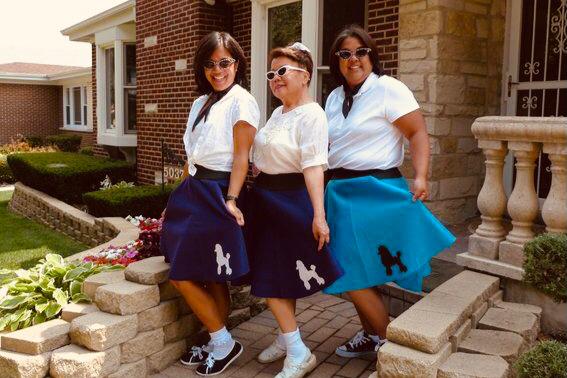
A defining fashion trend for teenage girls in the 1950s, the brightly colored, wide, felt Poodle Skirt was often seen as a symbol of frivolous youth culture, contrasting with the more structured, tailored fashion older generations favored. The skirts, typically featuring a felt appliqué of a poodle on a leash, symbolized the lighthearted, consumer-focused post-war era. While relatively harmless, they were often associated with the era’s new, independent teen spending power and involvement in unapproved activities like sock hops and dating, making them an emblem of the separate and often bewildering youth world.
8. The Hula Hoop
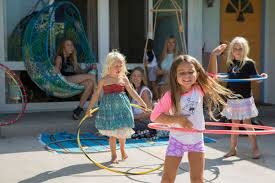
When the Hula Hoop became a massive toy craze in 1958, parents were initially baffled and then annoyed by its ubiquity and the way it took over backyard play. Manufactured by Wham-O, the simple plastic ring required the user to gyrate their hips to keep it spinning. Although a simple toy, the hip-swiveling motion was viewed as indecent or “too provocative” by some conservative adults. Moreover, the sheer intensity and short-lived, all-consuming nature of the fad, which saw children spending hours trying to master the hoop, often irritated parents dealing with the noise and the sudden demand for the latest craze.
9. Beatnik Culture
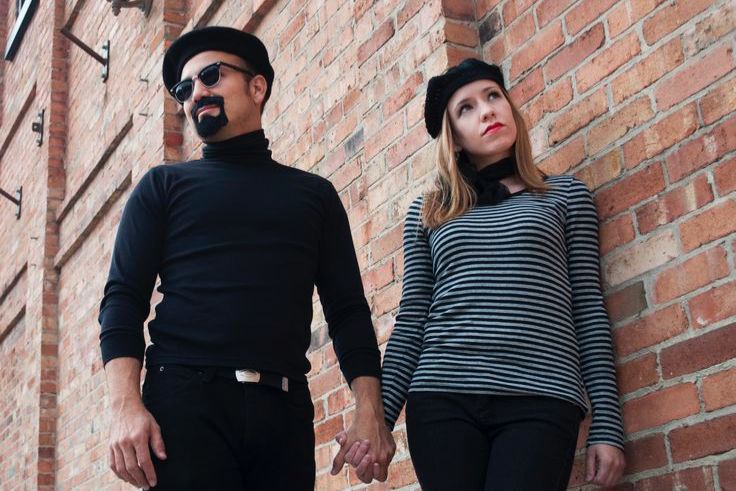
The “Beatnik” movement of the late 1950s and early 1960s was a small but highly visible counterculture that drew heavy parental scrutiny. Young adults who identified as Beatniks rejected conventional middle-class values, embracing an anti-materialistic lifestyle, Eastern spirituality, jazz music, and unconventional fashion like black turtlenecks, berets, and goatees. Parents were furious over what they perceived as idleness, intellectual pretension, and an un-American rejection of hard work and conformity, seeing the entire subculture as a path to social deviance and instability for their children.
10. Mini-Skirts
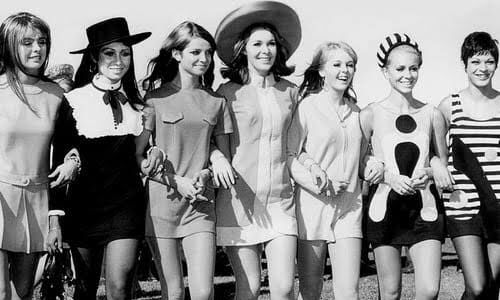
The introduction of the Mini-Skirt by designers like Mary Quant in the mid-1960s sparked one of the fiercest fashion battles of the 20th century. With hemlines rising dramatically, often several inches above the knee, the mini-skirt was a bold declaration of female liberation and youth culture. Parents, particularly fathers, were outraged, viewing the garment as dangerously immodest and indecent, fearing it would expose their daughters to unwanted attention and moral ruin. The mini-skirt became a defining symbol of the generational gap and the burgeoning sexual revolution.
11. Long Hair on Boys
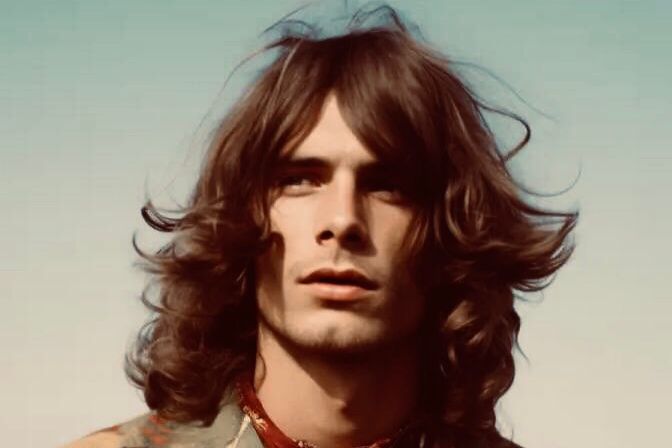
During the mid-to-late 1960s, a purely cosmetic fad, the growing out of hair by young men, became a highly contentious issue between sons and fathers. In a time when the traditional male haircut was short and neat, long hair was seen as effeminate, rebellious, and a sign of association with the anti-war, “Hippie” counterculture. Many schools and employers enforced strict dress codes that banned long hair, and the simple act of a boy growing his hair out was often seen by parents as a direct challenge to their authority and a rejection of accepted societal norms and masculinity.
12. Tie-Dye Clothing
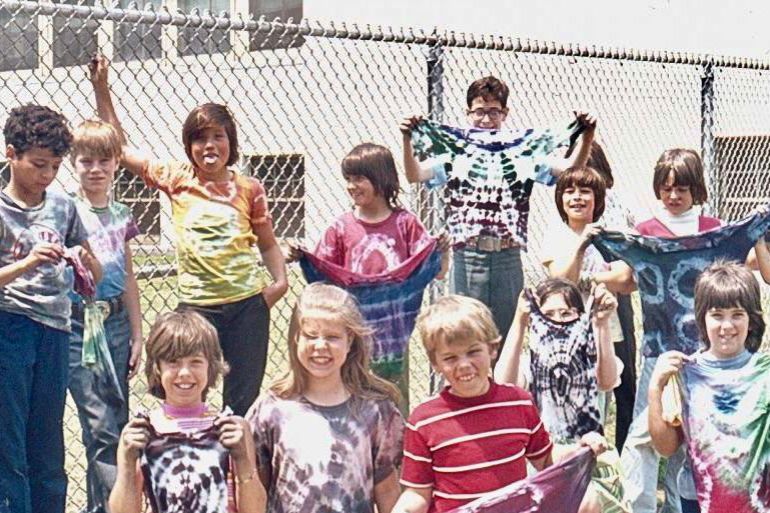
Tie-dye, with its vivid, swirling, multi-color patterns, became a ubiquitous fashion statement for the Hippie counterculture of the late 1960s and early 1970s. For parents, this homemade, psychedelic style was not just ugly; it was inextricably linked to drug use (specifically LSD), communal living, and the anti-establishment movement. Wearing tie-dye was seen as an explicit embrace of a counterculture that rejected the values of capitalism, traditional family structure, and the draft, making it a visible, peace-and-love sign of rebellion that infuriated conservative adults.
13. Platform Shoes
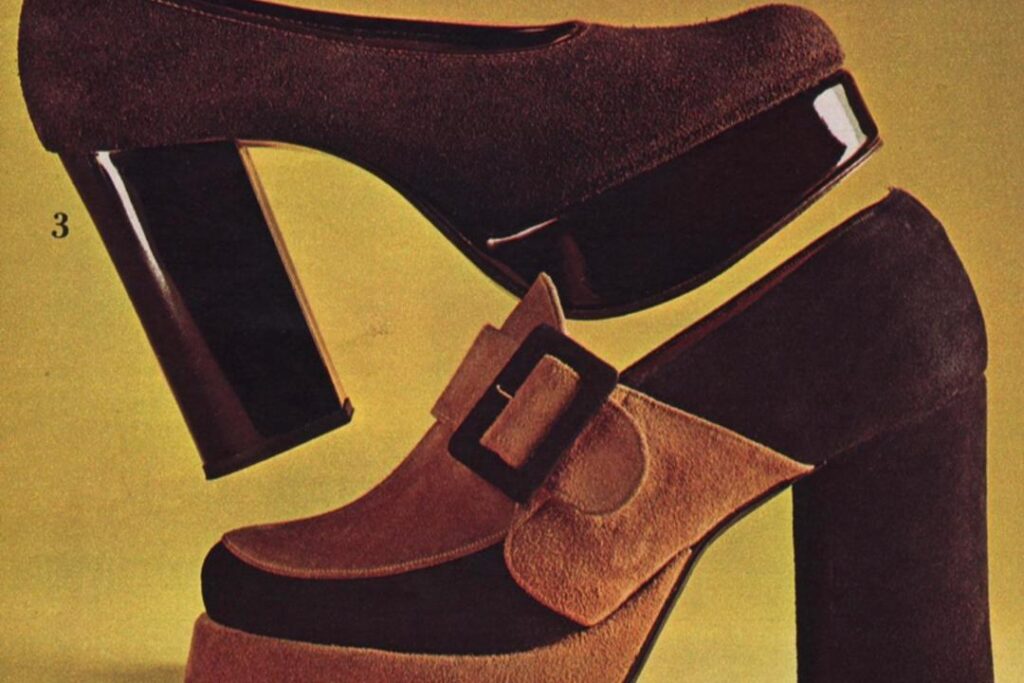
The dramatic, thick-soled Platform Shoes of the 1970s became an immediate concern for parents not just for their appearance but for safety reasons. With soles and heels that could add several inches of height, these shoes were often clumsy and difficult to walk in, particularly for younger teens. Parents worried about their children twisting ankles, falling, and suffering serious injuries. Furthermore, like all ’70s fashion, the shoes represented the era’s excessive and flamboyant aesthetic, which often seemed overly flashy and unrefined to the parents of the time.
14. Disco Dancing
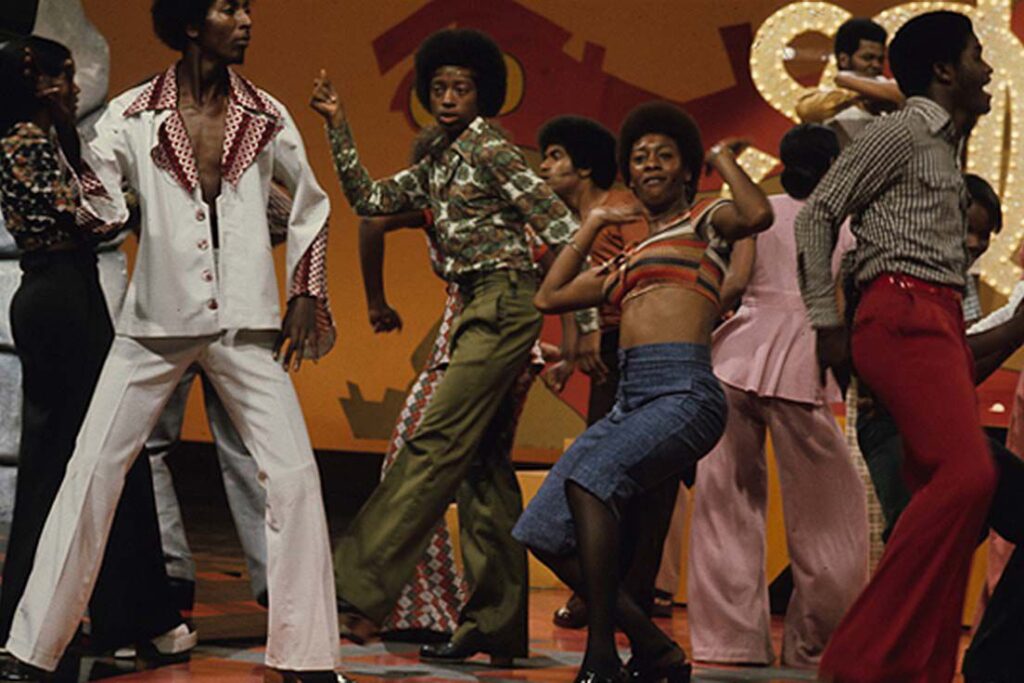
The Disco craze of the 1970s, dominated by loud, bass-heavy music and crowded, often dimly lit clubs, was the new focus of parental anxiety. The repetitive, sensual movements of dances like “The Bump” and “The Hustle” were viewed as overtly sexual and provocative, especially by parents who grew up on more reserved styles. The entire disco culture, its late-night hours, its association with alcohol and drug use, and its focus on fashion and appearance, was feared as a moral snare that could lead their teens down a path of hedonism and irresponsibility.
15. Punk Fashion
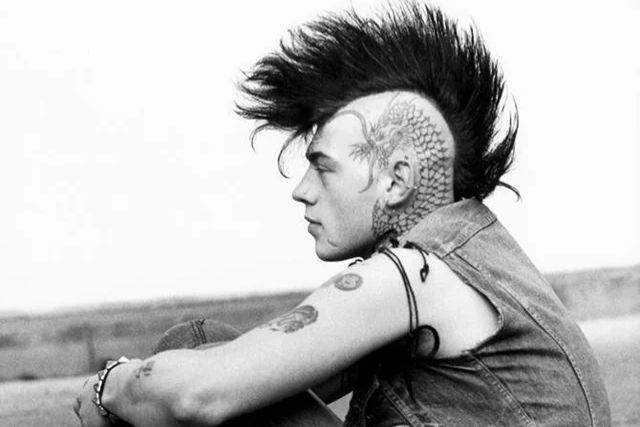
The raw, aggressive, and deliberately offensive nature of Punk fashion in the late 1970s was designed to shock, and it succeeded wildly in infuriating parents. Characterized by ripped clothing, safety pins, leather, chains, spikes, and unconventional hairstyles like Mohawks, the look was a powerful visual rejection of mainstream society and authority. For parents, the aesthetic was not just “ugly” or “messy” but signaled a dangerous nihilism and a potential for violence or delinquency, often leading to arguments and restrictions on their children’s choice of attire.
16. Cabbage Patch Kids
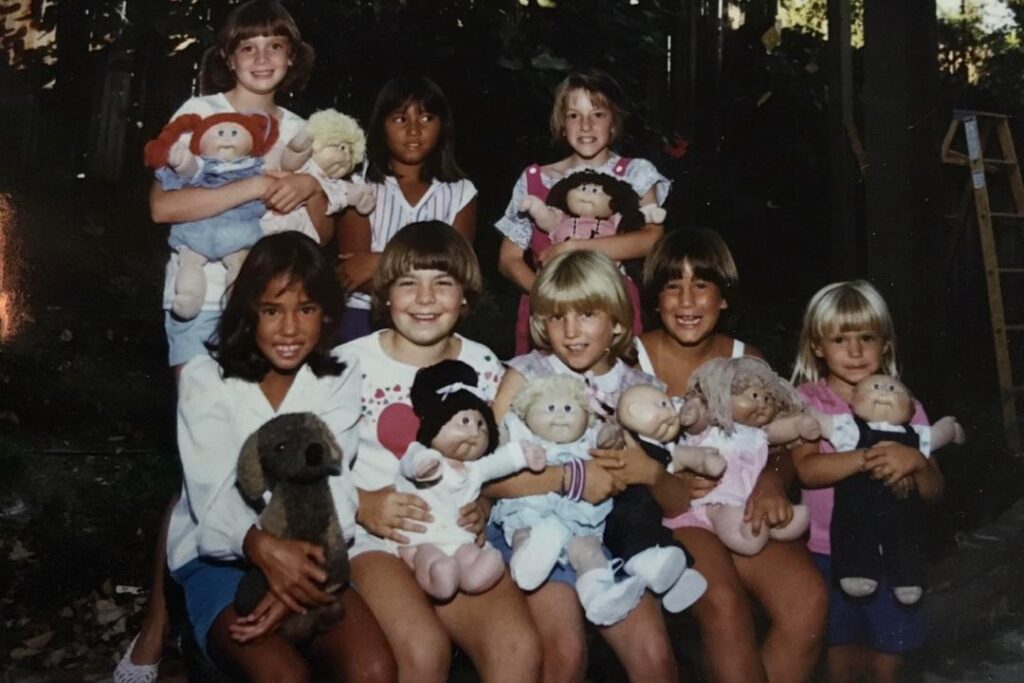
The Cabbage Patch Kids doll fad of the early 1980s caused a unique kind of parental fury: outrage at the consumer frenzy and manufactured scarcity. These soft, unique dolls were marketed with “adoption papers,” fueling a massive, unexpected demand that led to literal riots in stores during the Christmas shopping season of 1983. Parents were left scrambling, paying exorbitant prices on the black market, or witnessing their children’s disappointment, leading to widespread public anger at the manipulative marketing tactics and the sheer commercial chaos the fad created.
17. Breakdancing
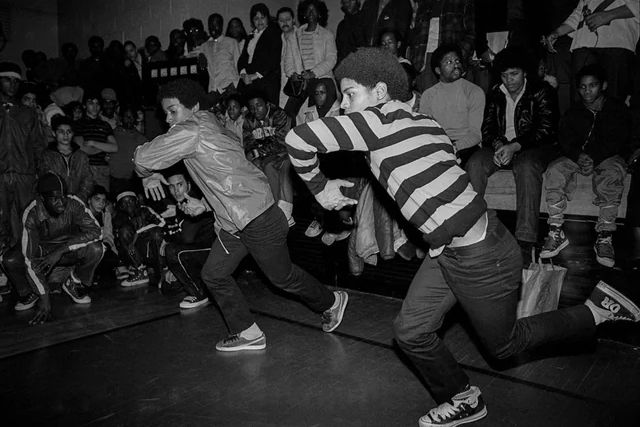
Breakdancing, or B-boying, emerged from the hip-hop culture of the Bronx in the 1970s and gained mainstream popularity in the 1980s. With its complex, athletic moves like headspins, windmilling, and electric boogaloo, it was a dynamic and physically demanding art form. However, to many parents, it looked like uncontrolled, dangerous acrobatics, often performed on the street. The association of breakdancing with inner-city youth, graffiti, and the burgeoning, often controversial, hip-hop music scene led to fears that their children were engaging in rough, potentially criminal, and certainly non-academic pursuits.
18. Sagging Pants
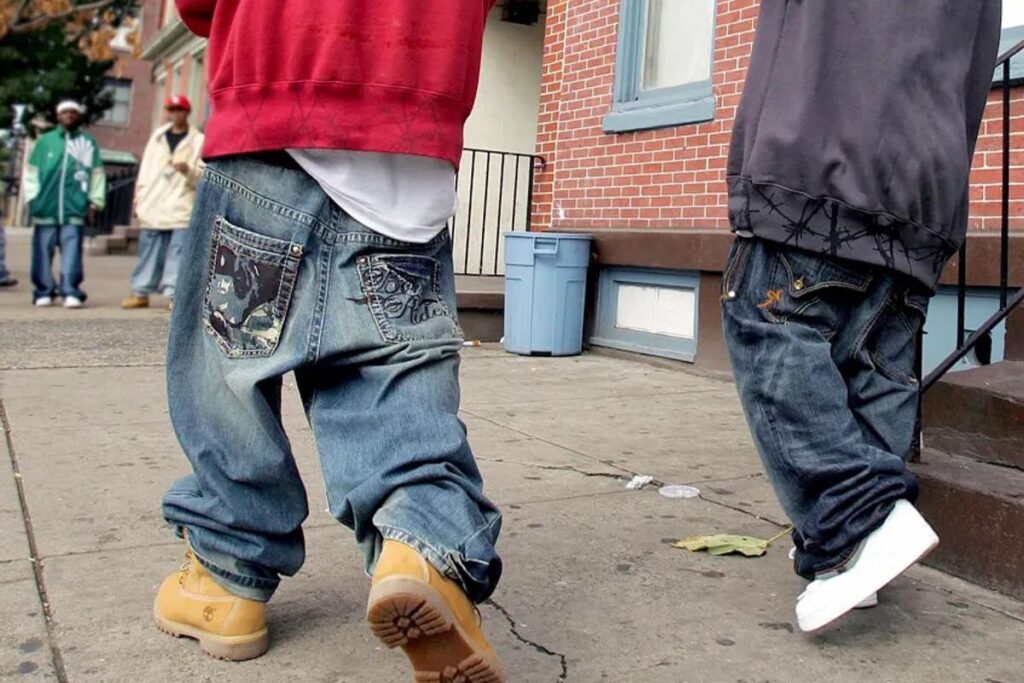
Originating in the late 1980s and early 1990s hip-hop culture, the fad of “sagging” pants, wearing trousers low enough to expose the underwear, was a defining, and intensely controversial, fashion statement. The style was famously derived from the oversized uniforms given to young men in the prison system, where belts are often prohibited. Parents, and later many municipalities, viewed the style as profoundly indecent, slovenly, and a symbol of thuggery or disrespect for public decency, leading to widespread attempts at banning the look in schools and public spaces across the country.
The 20th century was a non-stop parade of new ideas, new sounds, and new styles, each one a chance for the younger generation to define themselves. Though these fads brought eye-rolls and furious head-shaking from parents at the time, they are now cherished, and often humorous, milestones in the ever-evolving story of modern youth culture.
What will the next generation do to keep the tradition alive?
This story 18 Fads That Made Parents Furious in the 20th Century was first published on Daily FETCH


